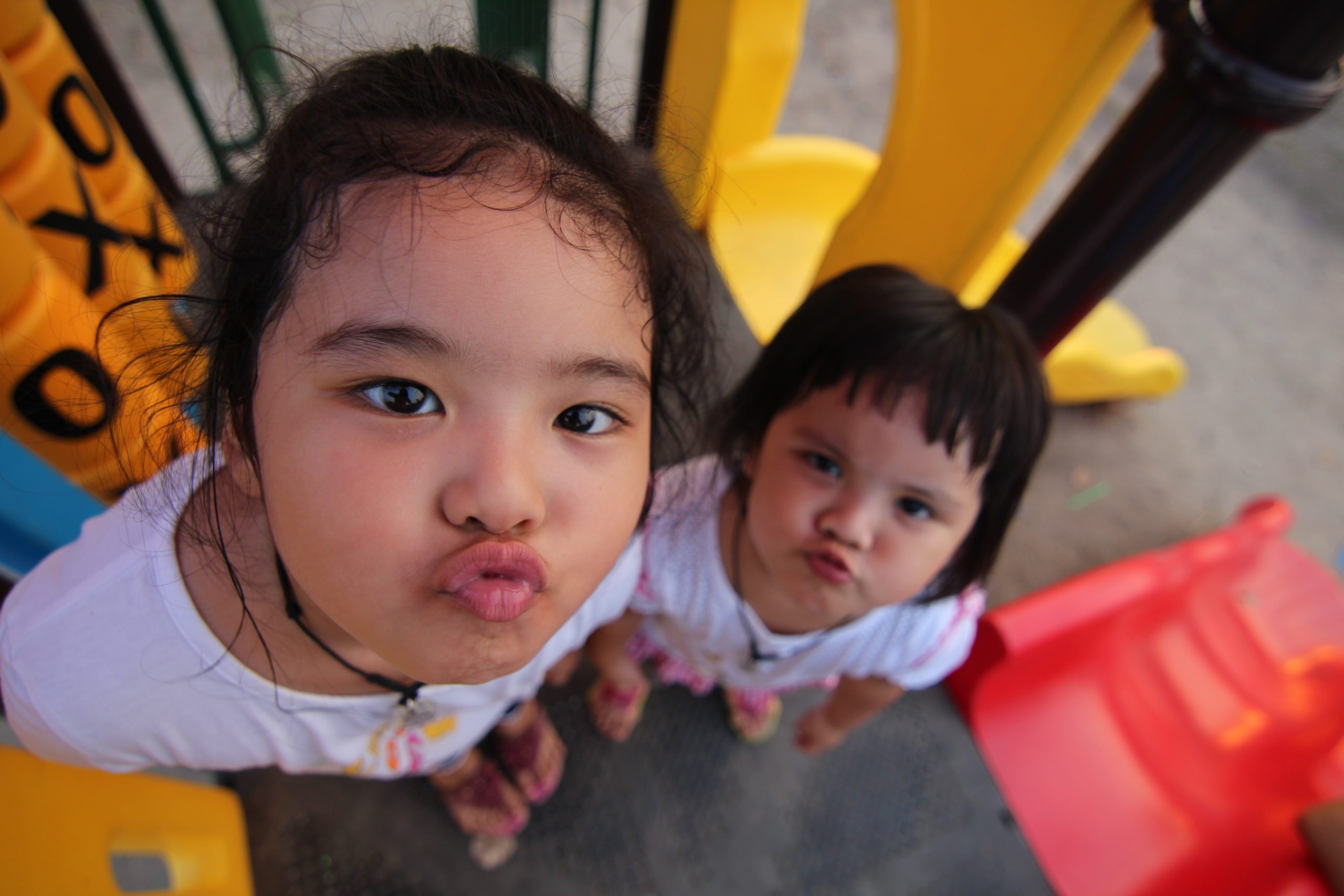Global Immunisation Gaps Highlight Rising Inequality and Challenges
A recent report by the World Health Organisation (WHO) and the United Nations Children’s Fund (UNICEF) has revealed a troubling trend in global immunisation coverage. The data shows that over 14 million children worldwide remain unvaccinated, with no access to even a single dose of any routine vaccine. This figure represents a significant challenge in achieving the goals set out by the Immunisation Agenda 2030.
Zero-Dose Children: A Growing Concern
The report highlights that 14.3 million children were classified as “zero-dose” in 2024, meaning they received no vaccines at all. This is an increase of 1.4 million compared to 2019, the baseline year for global progress. The number exceeds the 2024 target by four million, indicating a setback in efforts to improve immunisation coverage globally.
Experts note that while there have been improvements in some areas, the data underscores growing inequality in vaccine access, particularly in countries affected by conflict and fragility. These disparities are most evident in regions where health systems are weak or disrupted.
Nigeria: A Case Study in Immunisation Gaps
In Nigeria, routine immunisation has improved slightly in recent years, but significant gaps persist. UNICEF estimates that around 2.1 million children under the age of one, roughly 24 per cent, remain zero-dose, receiving no routine vaccines at all. DTP3 (diphtheria, tetanus, and pertussis) coverage stood at 62 per cent in 2023, well below the global average of 84 per cent.
According to the 2023–2024 Demographic and Health Survey, 31 per cent of children aged 12–23 months were unvaccinated, and only 39 per cent completed all basic immunisations. These figures highlight the urgent need for targeted interventions to improve coverage and reduce the number of unvaccinated children.
Progress and Persistent Challenges
Despite the challenges, there have been some positive developments. In 2024, 89 per cent of infants globally, about 115 million, received at least one dose of the diphtheria, tetanus, and pertussis (DTP) vaccine, while 85 per cent (around 109 million) completed all three doses. Compared to the previous year, an additional 171,000 children received their first vaccine dose, and one million more completed the full DTP series.
However, close to 20 million infants missed at least one dose in 2024. WHO Director General Tedros Ghebreyesus expressed concern over the rising numbers, citing growing misinformation about vaccine safety and cuts in global aid as key challenges.
Conflict and Fragility: A Major Obstacle
The impact of instability on immunisation efforts is clear. Of the 195 countries assessed, only 17 out of 64 nations that had less than 90 per cent DTP1 coverage in 2019 managed to improve over the last five years. In contrast, 47 countries have stalled or regressed, including 22 that once surpassed the 90 per cent target.
A quarter of the world’s infants live in just 26 countries affected by conflict or humanitarian crises. Yet, these countries account for half of the world’s unvaccinated children. In such settings, the number of zero-dose children rose from 3.6 million in 2019 to 5.4 million in 2024.
Decline in Higher-Income Countries
While lower-income countries supported by Gavi, the Vaccine Alliance, saw improvements, reducing the number of under-vaccinated children by about 650,000, some higher-income nations are witnessing declines in coverage. Even small reductions in immunisation rates can increase the risk of disease outbreaks, further straining already burdened health systems.
Sania Nishtar, Gavi’s chief executive, acknowledged the progress but warned that population growth and instability continue to put the most vulnerable at risk. She added that lower-income countries protected more children than ever before in 2024, but sustained investment is needed to reach every child.
Measles Outbreaks: A Growing Threat
Coverage against measles has shown slight improvement, with 84 per cent of children receiving the first dose and 76 per cent getting the second dose in 2024. This represents an estimated two million more children than in the previous year. However, coverage remains well below the 95 per cent needed to prevent outbreaks.
As a result, more than 30 million children remain under-protected against measles, contributing to a surge in large or disruptive outbreaks. The number of countries affected rose to 60 in 2024, nearly double the figure recorded in 2022.
Call to Action: Addressing Global Gaps
The UN agencies have urged governments and development partners to close the funding gap for Gavi’s next strategic cycle (2026–2030), which aims to protect millions of children and strengthen global health security. They also called for stronger support for immunisation efforts in conflict-affected regions, increased domestic investment, and greater efforts to counter misinformation using evidence-based approaches.
Additionally, they emphasised the importance of embedding immunisation into primary healthcare systems, strengthening disease surveillance, and adopting locally led strategies to close equity gaps and reach every child.







